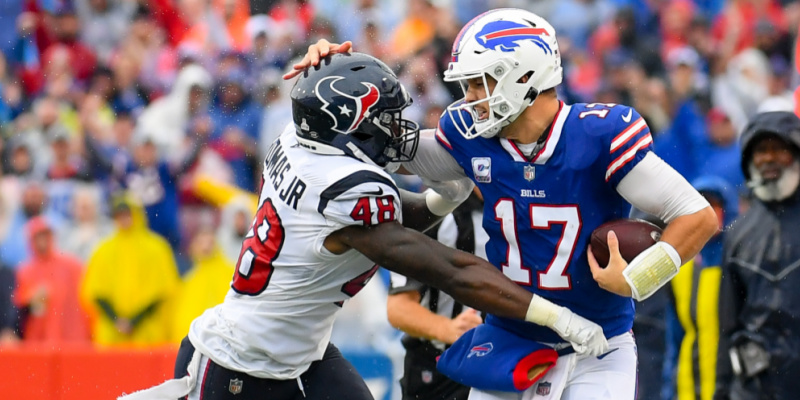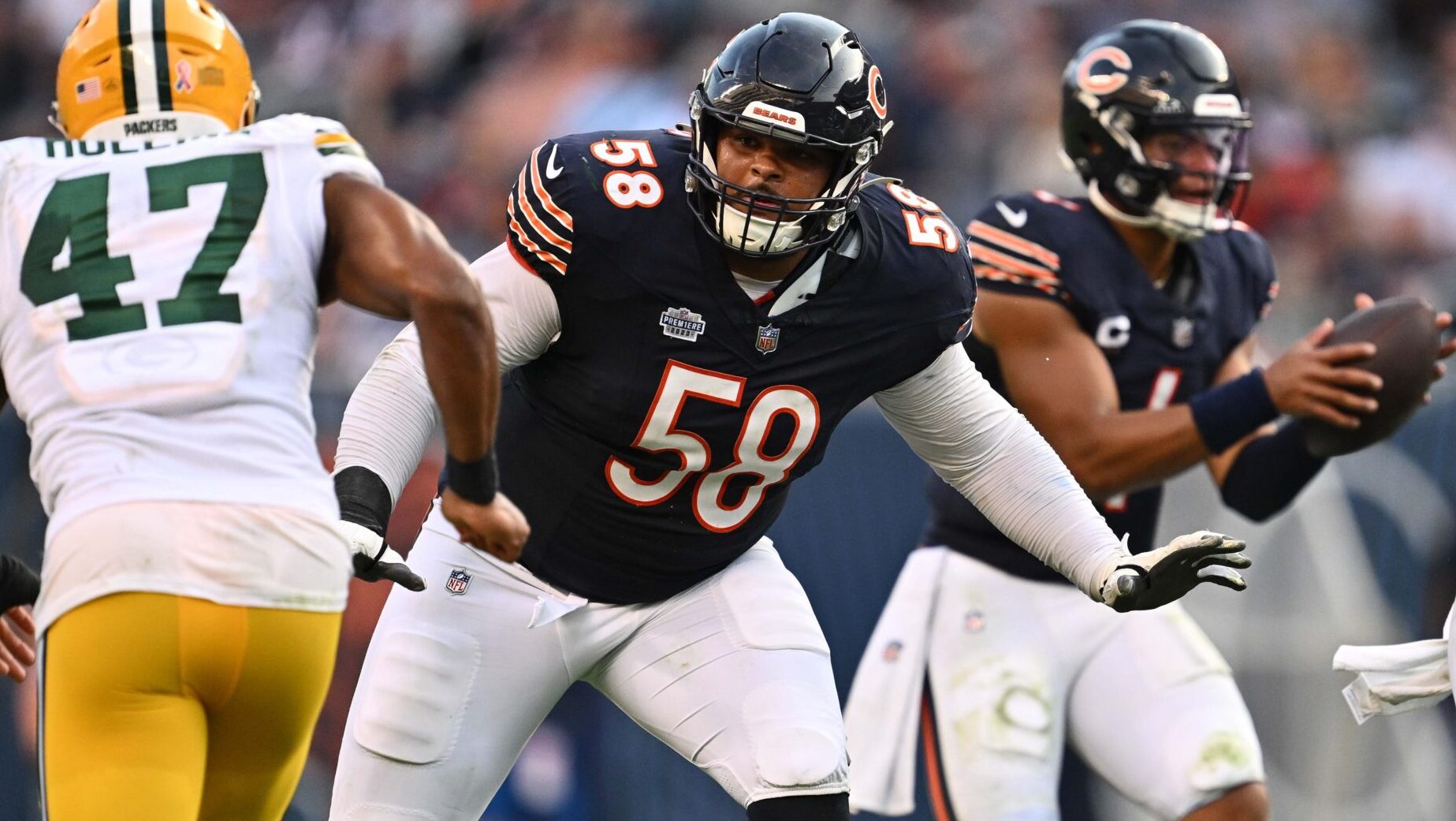Breakdowns
10/5/21
4 min read
How Valuable are Explosive Plays?

Every coaching staff in America at every level of the sport emphasizes the importance of explosive plays on offense. This begs the question, how valuable are these explosive plays? Is the emphasis on explosives unfounded, and should offenses then focus on dinking and dunking their way down the field? Let’s dive into the data and fall out.
First let’s define what we mean by an explosive play. It is now in vogue to use a cutoff for expected points added (EPA) in a play, typically 0.5 or 1 EPA. While this may be a more fundamental approach to defining an explosive play, it is generally impractical, or at least inconvenient, for coaches on the sideline. So for our purposes, to get an idea for how valuable explosive plays are, we will use a traditional definition of explosive plays: 10-plus yards on a run or 15-plus yards on a pass. This difference in definition says something about how efficient passes are compared to runs, but that’s just a fun secondary point.
How are we going to evaluate how valuable explosives are? Here at the 33rd Team, Ben Elsner has done tremendous work with the Big Play Index to demonstrate that successful teams tend to have many more explosives than they allow. For this study, however, we’ll look at a more fundamental level. We assume that explosive plays are valuable because they make a team more likely to score on a given drive, so we’ll look at how more explosives in a given drive impacts the chance of scoring on a drive. To get a better idea of the data, we’ll exclude drives that end halves and drives that started with less than 5 minutes remaining in the game and a 3 score difference.
Since 2010, only roughly 1 of every 10 drives with no explosives has ended in a score, while that rate triples when an offense has even a single explosive play. Once an offense has two explosives they have better than 50% chance to score, and it only increases from there. This is extremely strong evidence that explosives are incredibly valuable. Offenses generally need explosives to score, and if they want to be confident that they’ll score on a drive they need multiple.
There is a glaring issue here in that this does not account for a drive’s starting field position. As an example, if an offense gets the ball at the opponent’s 16 they are incredibly likely to score regardless of whether or not they have an explosive. Conversely, if a team starts on their own 3 then they can have 4 explosive runs and still fizzle out around midfield because they started so far out. Since our goal is to estimate the value of an individual explosive play we ought to account for a drive’s starting field position.
This chart accounts for starting field position by conceptually answering the question “If we get the ball on our own 25 and have X explosives in the drive, what’s the chance we’ll score?” Broadly we get similar results to what we did earlier. Drives with 0 explosives are very unlikely to score, drives with a single explosive are three times more likely to score than drives with no explosives, and drives with two explosives score more than half the time. The main difference, however, is that this reveals when an offense has three or more they are functionally guaranteed to score on that drive.
We set out in this study to tease out how valuable explosive plays are for an individual drives. We learned that after accounting for the drive’s starting field position even a single explosive play triples the odds the offense will score, and that if an offense has at least two explosive plays in a drive they can be confident that drive will end in a score. This allows us to come to the conclusion that explosive plays are, to the surprise of every offensive coach in football, incredibly valuable for an individual drive.










